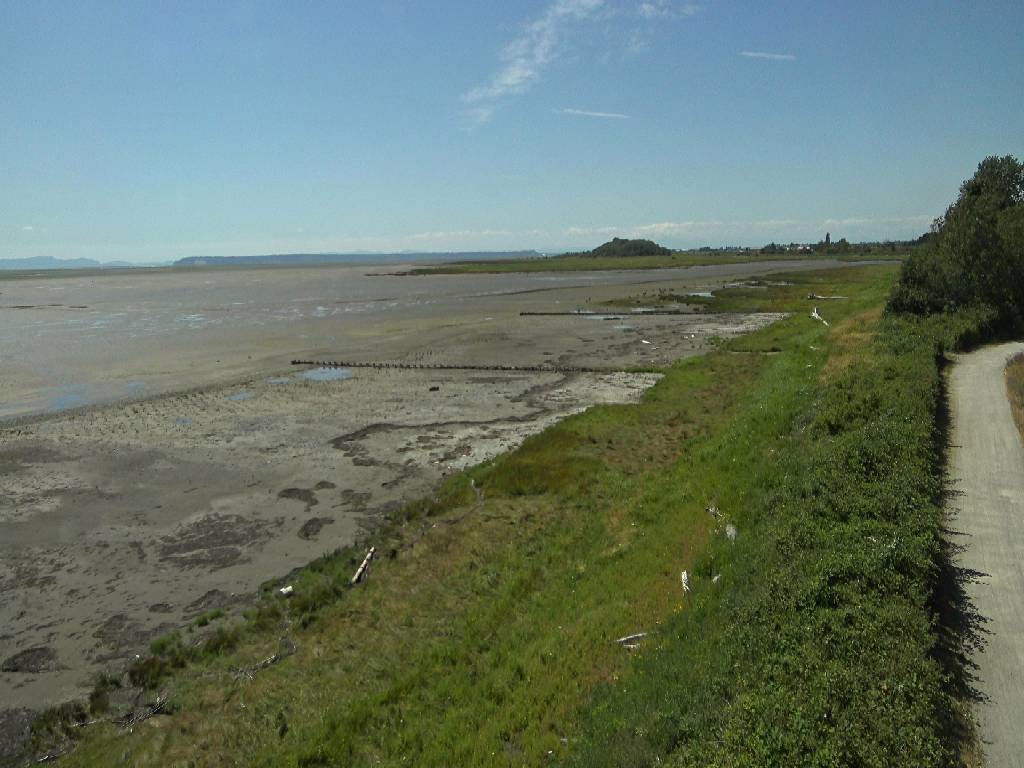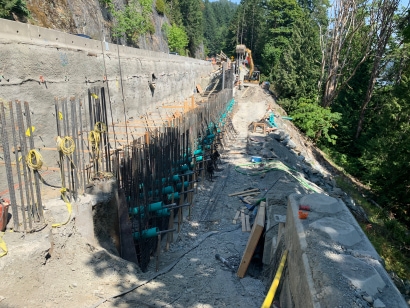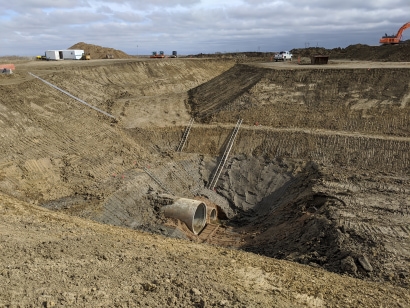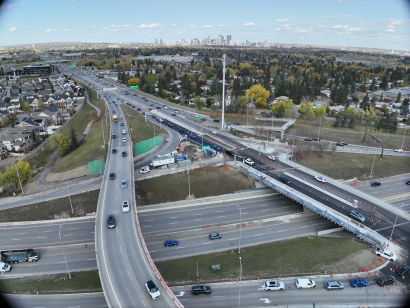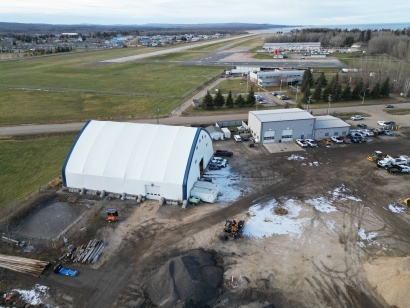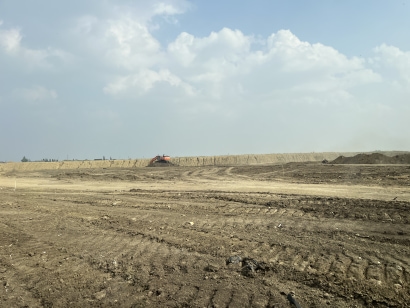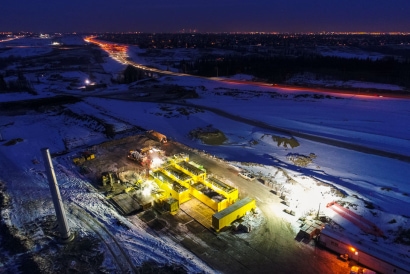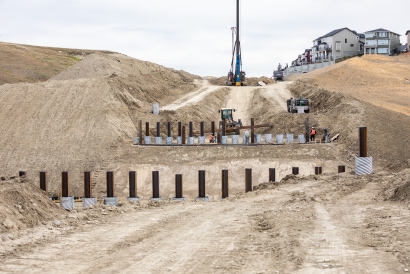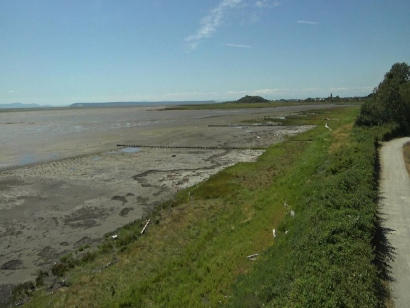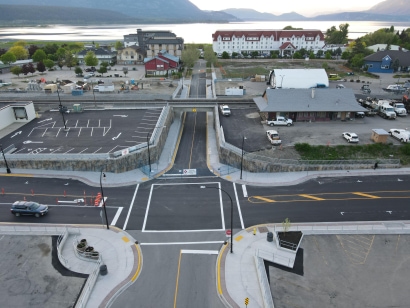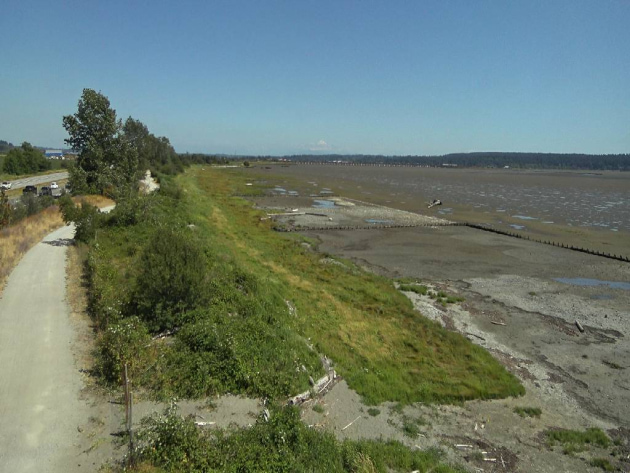
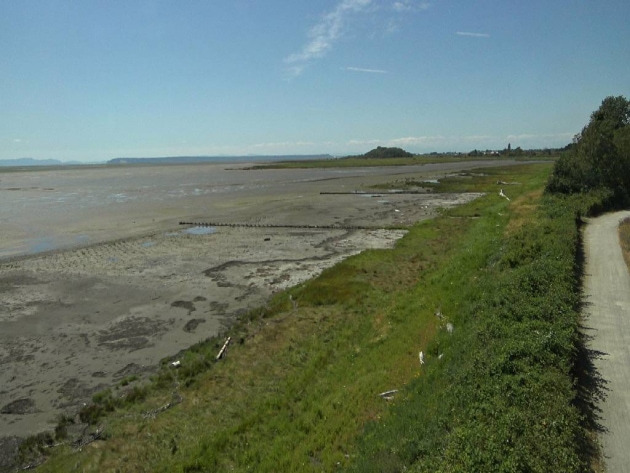
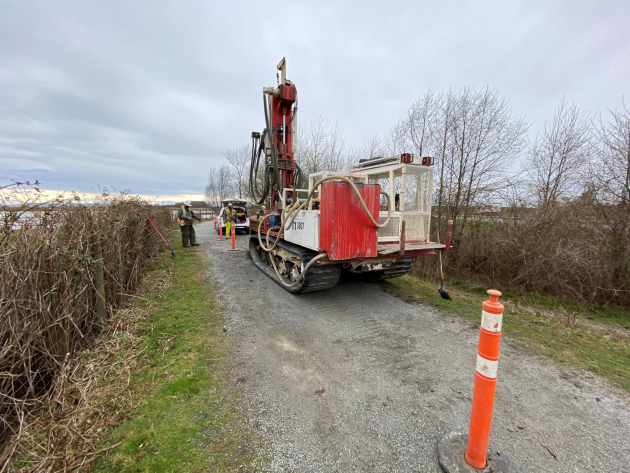
Client
Kerr Wood Leidal Associates Ltd.
Sector
Municipal Infrastructure
Services
Geotechnical Engineering, Construction Materials Engineering And Testing, Award Winning
The City of Surrey expects the sea level to rise by one meter by the year 2100. The City's Coastal Flood Adaptation Strategy (CFAS) will help Surrey become more resilient to coastal flooding by reinforcing dikes and adapting critical infrastructure.
The Mud Bay Nature-based Foreshore Enhancements Project is one of the recommended actions in CFAS. It will help protect Surrey’s residents, farms, critical infrastructure including Highway 99, BNSF Railway, regional power and sewer lines, and internationally recognized bird and wildlife habitats from sea level rise.
The Project is a partnership between the City of Surrey, the City of Delta, and Semiahmoo First Nation. It involves a nature-based approach to flood protection known as a living dike. A living dike uses nature to provide flood protection. The concept is based on the idea of establishing a gentle, raised slope to help natural marshes keep up with sea level rise.
The project began with Pilot Studies to test stabilization techniques for the living dike in two locations in Mud Bay - and Thurber's Steve Coulter provided the geotechnical expertise needed.
This is the first living-dike attempted in British Columbia and it was a learning experience for all. While the geotechnical engineering for the dike was simple (we've helped design lots of dikes), it was the choice of materials that proved to be challenging. The team needed to select erosion-resistant dike fill that allows for life to flourish. The only guidance they had was from some Dutch criteria. In the Netherlands, they use high plastic clay to build living dikes but this type of fill is uncommon on the Lower Mainland of British Columbia. The team looked at options to ship fill in, but ultimately were able to find some low-plastic clay from a local construction excavation.
Using an equation to assess the critical velocity that initiates erosion, we performed lab testing to evaluate the sheer strength of the low plastic fill at different compaction levels. Because Mud Bay sits on a mud flat made of peat and soft clay, compaction is very difficult. It was determined that the low plastic clay would be strong enough to meet the critical velocity data required for the living dike.
Now that construction of this experimental section of the living dike is complete, the City will monitor it over the next few years to determine if it is successful or not. Initial monitoring results indicate that the living dike is effective for wave energy dissipation, slope stabilization, and retention of a sediment-rich intertidal zone, creating a nutrient-rich ecosystem that is naturally designed to mitigate flooding. Following the monitoring period, the living dike design will be refined and expanded over a larger section of the Mud Bay shoreline.
Thurber was a subconsultant to KWL on this project. We have been working with KWL on dike projects in British Columbia for many years.
Much of the content for this article is courtesy of The City of Surrey's website.
This project received an Award of Merit at the 2024 ACEC-BC Awards for Engineering Excellence.


